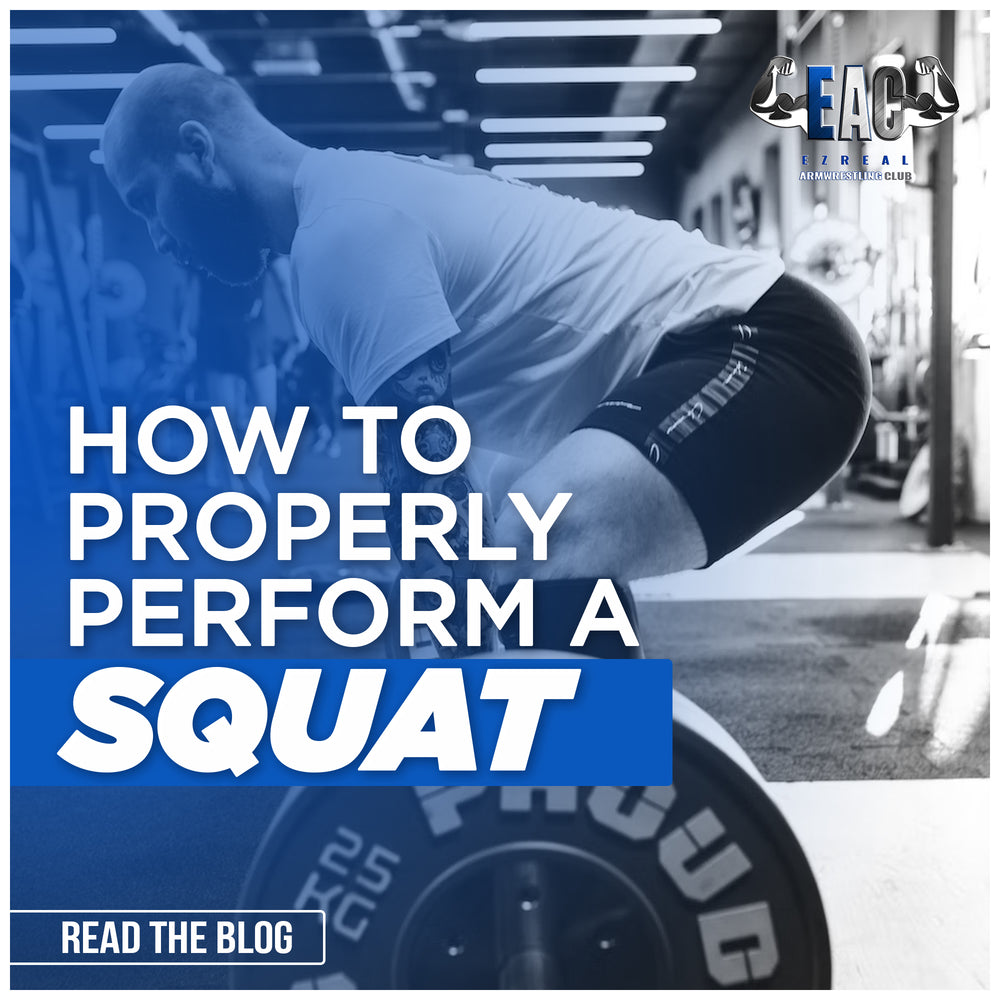
How to Properly Perform a Squat
The Glutes

The glutes, also known as the gluteal muscles or buttocks muscles, are a group of three muscles located in the buttocks region: the gluteus maximus, gluteus medius, and gluteus minimus.
The largest of these muscles, the gluteus maximus, is responsible for the majority of the shape and size of the buttocks. It originates from the ilium (the uppermost bone of the pelvis), the sacrum and coccyx (the lowermost part of the spine), and the fascia (connective tissue) covering the gluteus medius. It then inserts into the femur (thigh bone) via the iliotibial band, a thick tendon that runs down the outside of the thigh.
The gluteus maximus is primarily responsible for hip extension, which is the movement of the thigh behind the body, as well as hip abduction, which is the movement of the thigh away from the body. It also helps to stabilize the pelvis and maintain balance when standing.
The gluteus medius and minimus are smaller muscles located on the side of the hip. They originate from the ilium and insert into the greater trochanter of the femur. These muscles are primarily responsible for hip abduction, which is the movement of the thigh away from the body. They also help to stabilize the pelvis and maintain balance when standing.
Strong and well-developed glute muscles are important for overall lower body strength, as well as for proper posture and balance. They also play an important role in various sports and activities, such as running, jumping, and lifting.
Squatting

Squatting is a popular exercise that can help to build strength in your legs, hips, and core. However, it's important to perform squats with proper form to avoid injury and maximize the benefits. Here are some tips for how to squat properly:
-
Start with your feet shoulder-width apart, with your toes pointing slightly outwards. Your weight should be evenly distributed across your feet.
-
Engage your core by pulling your belly button towards your spine. This will help to stabilize your spine and prevent lower back injury.
-
As you lower your body into the squat, push your hips back and down, as if you were sitting back into a chair. Your knees should bend and track over your toes, but not extend beyond them.
-
Keep your chest up and your shoulders back, and focus on keeping your weight on your heels rather than your toes.
-
Lower yourself until your thighs are parallel to the ground or slightly below, then push back up to the starting position by driving through your heels.
-
Exhale as you push up, and inhale as you lower yourself down.
-
Repeat for your desired number of reps or sets, while maintaining proper form throughout.
It's important to start with a weight that is appropriate for your fitness level and gradually increase as you build strength and confidence. Additionally, if you have any injuries or medical conditions, be sure to consult with a healthcare professional before starting a new exercise program.



